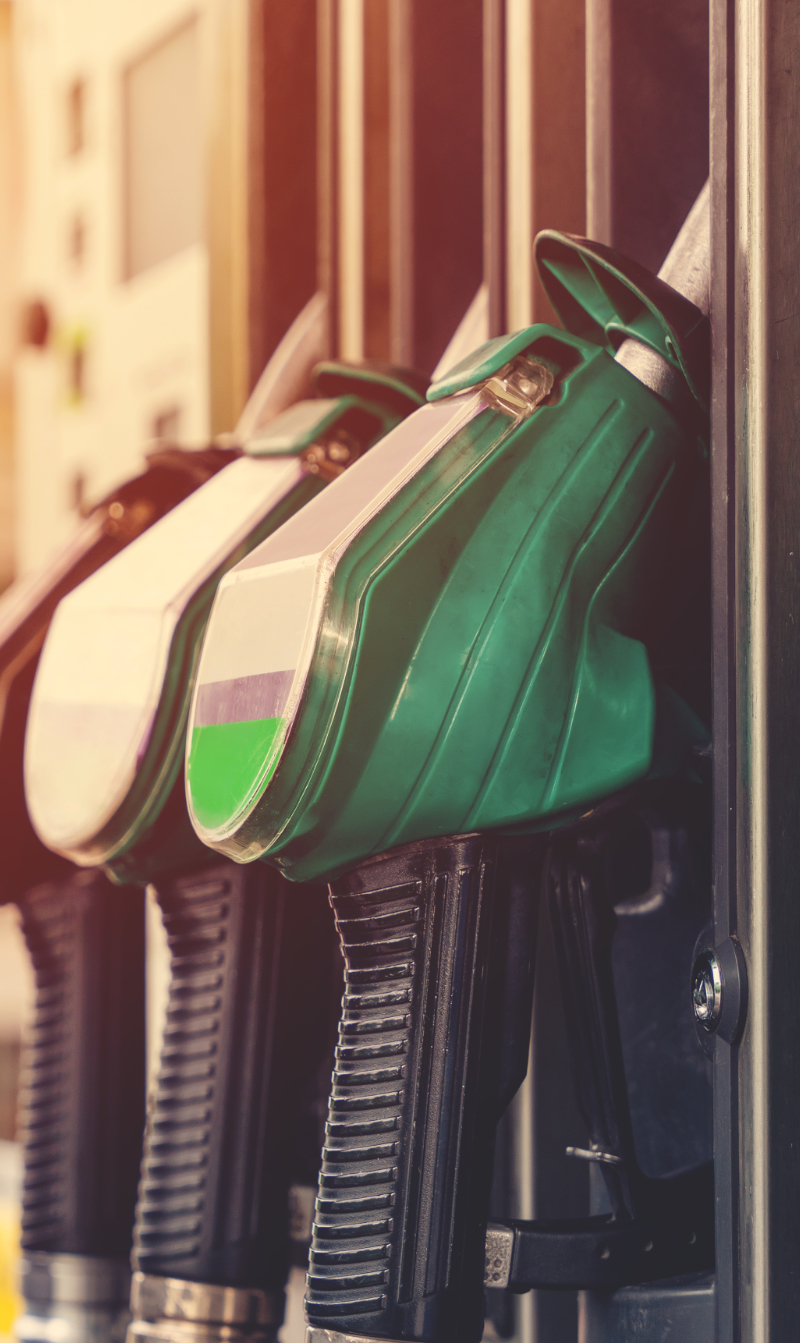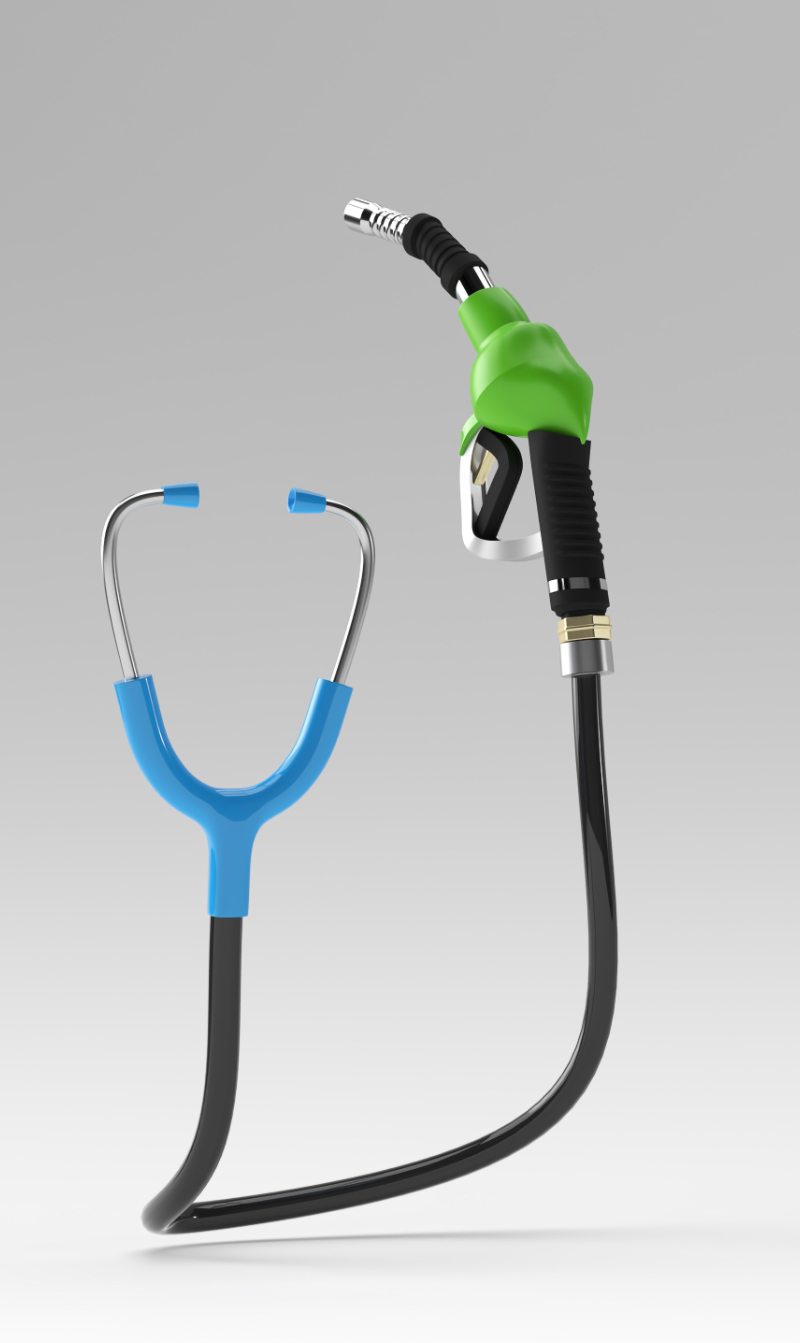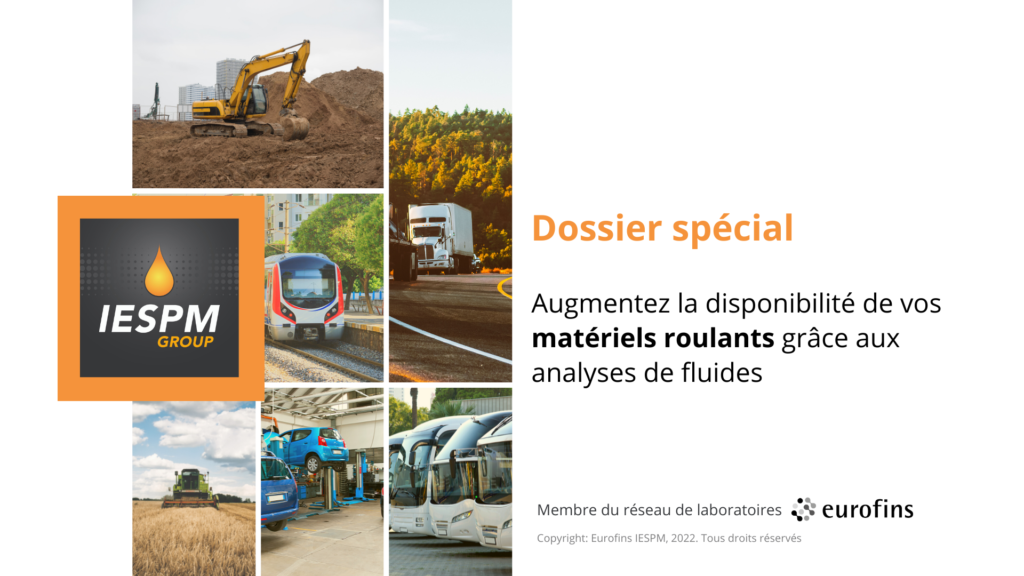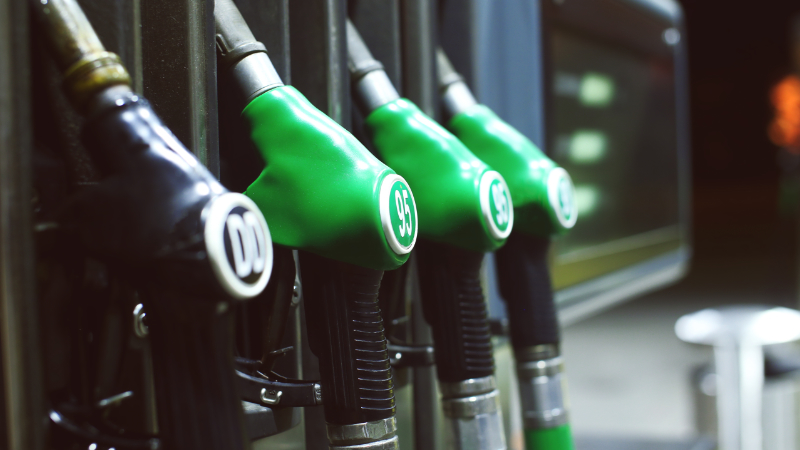Analysis of diesel fuel, Gasoil Non Routier (GNR), and Jet A-1 (FOD)
Today, the petroleum products market goes beyond fuel oil and gasoline: there is a wide variety of products that have differences, but their analysis is of paramount interest in monitoring your motor equipment.
Diesel fuel (or gasoil)
This fuel is obtained through the distillation of crude oil, and its composition differs from gasoline in that diesel is derived from heavier hydrocarbons.”
Thus, diesel engines operate differently, particularly in terms of ignition, which occurs through the compression of air at very high pressure to generate heat.
There are several types of diesel fuel:
- B7
- B10
- GNR (Non-Road Diesel)
- Marine Gas Oils (MGO, DML) according to the main requirements of standard NF EN 590.
- XTL/GTL (which can be a biofuel or non-biofuel) must also be mentioned.
Expert advice
The cleanliness of the fuel is essential for the proper functioning and longevity of your diesel engine. In addition to fuel analysis, it is crucial not to neglect the maintenance of your engine by checking your fuel filter and regularly changing the fuel filter.
Fuel Oil Domestique (FOD)
It is a fuel similar to diesel.
Today, it is prohibited to use it as fuel for rolling stock, especially for agricultural, forestry, or construction vehicles, due to its environmental impact.
It has been replaced by GNR. It is used to heat buildings. The main problem with FOD fuels lies in storage conditions, which must be favorable to avoid altering their properties.
Expert advice
Fuel is a product that lives and ages. That’s why it’s so important to know how to store and distribute heating oil.
For underground or older tanks, we recommend regular low-point purging to eliminate deposits and free water that continually build up.
New fuel names since 2018
Since October 12, 2018, diesel and unleaded fuels have changed names in favor of the implementation of a new unique and common signage for the entire European Union.
From now on, new acronyms and designations will be used:
- For diesel: a square with the letter “B” inside, followed by a number indicating the biofuel content. B7″ (diesel) composed of 7% bio-components.
- Gasoline is now symbolized by a circle with the letter “E” followed by the ethanol content: E5 for unleaded 95 and 98 (5%), E10 for SP95-10 (10%) and E85 for Ethanol.
- For gaseous fuels: a diamond with the words “H2” (hydrogen), or “CNG” (compressed natural gas), “LPG” (liquefied petroleum gas) and “LNG” (liquefied natural gas).
What are we analyzing?
New engines are increasingly sophisticated to meet environmental challenges.
Fuel analysis is therefore becoming a necessity in order to control the nature and quality of the product, so as not to damage engines or injection systems.
We analyze and control several types of diesel fuel:
- B7 diesel and non-road diesel (GNR) according to NF EN 590 standard
- Marine gas oils (GOP, DML) according to NF ISO 87-17 standard
- XTL GTL diesel according to NF EN 15940 standard
Analyses and Checked Points
PERFORMANCE AND COMPOSITION
- Density
- Distillation
- Biofuel content
- Iodine Index
- Cetane number
- Ash content
- Flash point
- Sulfur
- Lubricity (HFRR)
- …
POLLUTION
- Total contamination
- Microorganisms
- Additives
- Water
- Acidity
- …
COLD BEHAVIOR
- Filtering Limit Temperature (TLF)
- Point of disturbance
- Flow point
- …
Our Quality Assurance

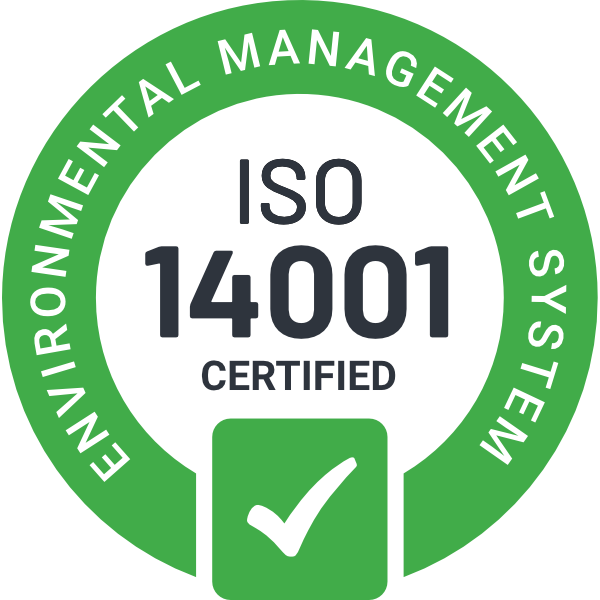
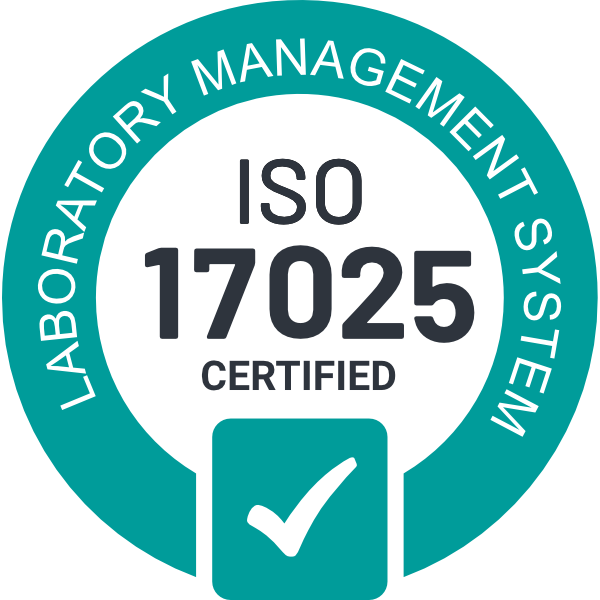
Equipment, Sampling Techniques, and Results Interpretation
In order to carry out your fuel sampling, Eurofins IESPM provides you with:
- A plastic bottle (500ml)
- A roll of hose, diameter 7mm
- A tracking label
- A return box
Depending on the type of anomaly, the sampling point is essential in the investigation.
Eurofins IESPM accompanies you through video tutorials and/or operating procedures. Visit our YouTube channel. We also recommend that you be accompanied by our team of experts to determine the best way to proceed and to study on a case-by-case basis the methods adapted to your needs.
Once the sampling is done, you need to fill in the technical information regarding your sample. You can check out our dedicated article for tips on how to register a sample: Go to the page.
Before sending, remember to:
- Thoroughly clean the bottle to remove any liquid residue.
- Stick one of the two labels provided in the kit onto the bottle.
Based on the analysis results provided by our laboratory, our team of diagnostic consultants provides you with a detailed and reliable diagnosis in accordance with current national or international specifications, along with personalized recommendations.
We offer personalized recommendations to support you in the condition-based maintenance of your mechanical equipment.
Example of diagnosis for diesel fuel
Example of Jet A-1 (FOD) diagnosis
SPECIAL REPORT
Rolling stock maintenance
Discover in our special report all the benefits of regular analytical monitoring of fluids and lubricants in use in your equipment.
NEWS
The fuels are changing names.
Since October 12th, diesel and unleaded fuels have changed names in favor of the implementation of a new unique and common signage…

